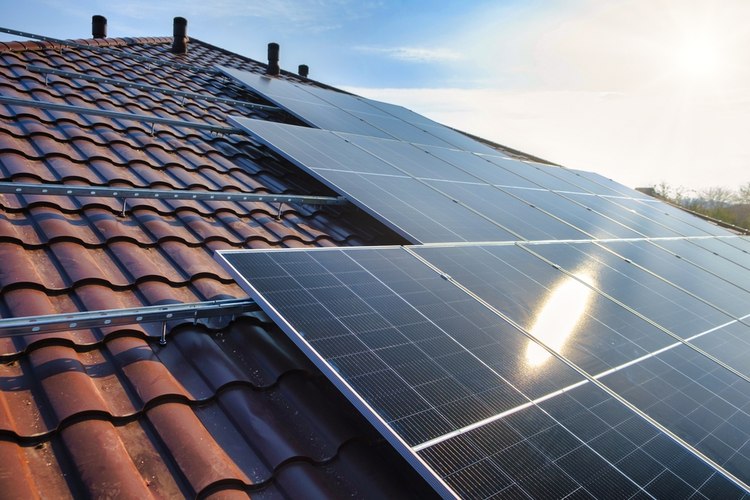Explore How a Solar System Can Help Lower Your Electricity Bill
Solar power systems represent a significant advancement in sustainable home energy solutions, offering homeowners a practical way to reduce their electricity costs while contributing to environmental conservation. By harnessing the sun's energy, these systems can substantially decrease your reliance on grid electricity and provide long-term financial benefits through reduced utility bills.

How Does a Solar System Generate Electricity for Your Home?
A solar power system converts sunlight into usable electricity through photovoltaic (PV) panels installed typically on your roof. These panels contain silicon cells that create an electric current when exposed to sunlight. The system includes inverters that convert the generated DC power into AC power, making it compatible with your home’s electrical system. This clean energy production directly reduces your need for grid electricity.
What Initial Energy Savings Can You Expect?
The immediate impact of installing a solar system varies depending on factors such as system size, local sunshine hours, and current electricity consumption. Many homeowners report electricity bill reductions of 50-90% after installation. The savings are most significant during peak sunlight hours when your system generates maximum power, often producing excess energy that can be stored or fed back into the grid.
How Do Solar Systems Impact Long-term Energy Costs?
Solar systems provide substantial long-term financial benefits through consistent energy savings. As utility rates continue to rise, your solar system’s fixed energy production costs remain stable. This price stability protects you from future electricity rate increases while providing predictable energy expenses for 25-30 years, the typical lifespan of quality solar panels.
What Factors Affect Your Solar Energy Savings?
Several key elements influence your potential energy savings:
-
Roof orientation and angle
-
Local climate and average sunshine hours
-
Current electricity consumption patterns
-
Local utility rates and solar incentives
-
System size and efficiency
-
Shading from nearby structures or trees
What Are the Current Solar System Installation Costs?
The cost of solar systems varies based on size, quality, and location. Here’s a breakdown of typical residential solar system costs:
| System Size | Average Cost Range | Estimated Annual Savings |
|---|---|---|
| 5kW System | $15,000 - $20,000 | $800 - $1,200 |
| 8kW System | $24,000 - $30,000 | $1,300 - $1,900 |
| 10kW System | $30,000 - $37,000 | $1,600 - $2,400 |
Prices, rates, or cost estimates mentioned in this article are based on the latest available information but may change over time. Independent research is advised before making financial decisions.
What Additional Benefits Come with Solar Installation?
Beyond direct energy savings, solar systems offer numerous advantages:
-
Increased property value
-
Protection against rising energy costs
-
Potential tax incentives and rebates
-
Reduced carbon footprint
-
Energy independence
-
Low maintenance requirements
Installing a solar system represents a significant investment in your home’s energy future. While the initial costs may seem substantial, the long-term energy savings, combined with environmental benefits and increased property value, make it an increasingly attractive option for homeowners looking to reduce their electricity bills. The key to maximizing your benefits lies in careful system sizing, quality installation, and understanding your local solar incentives.




